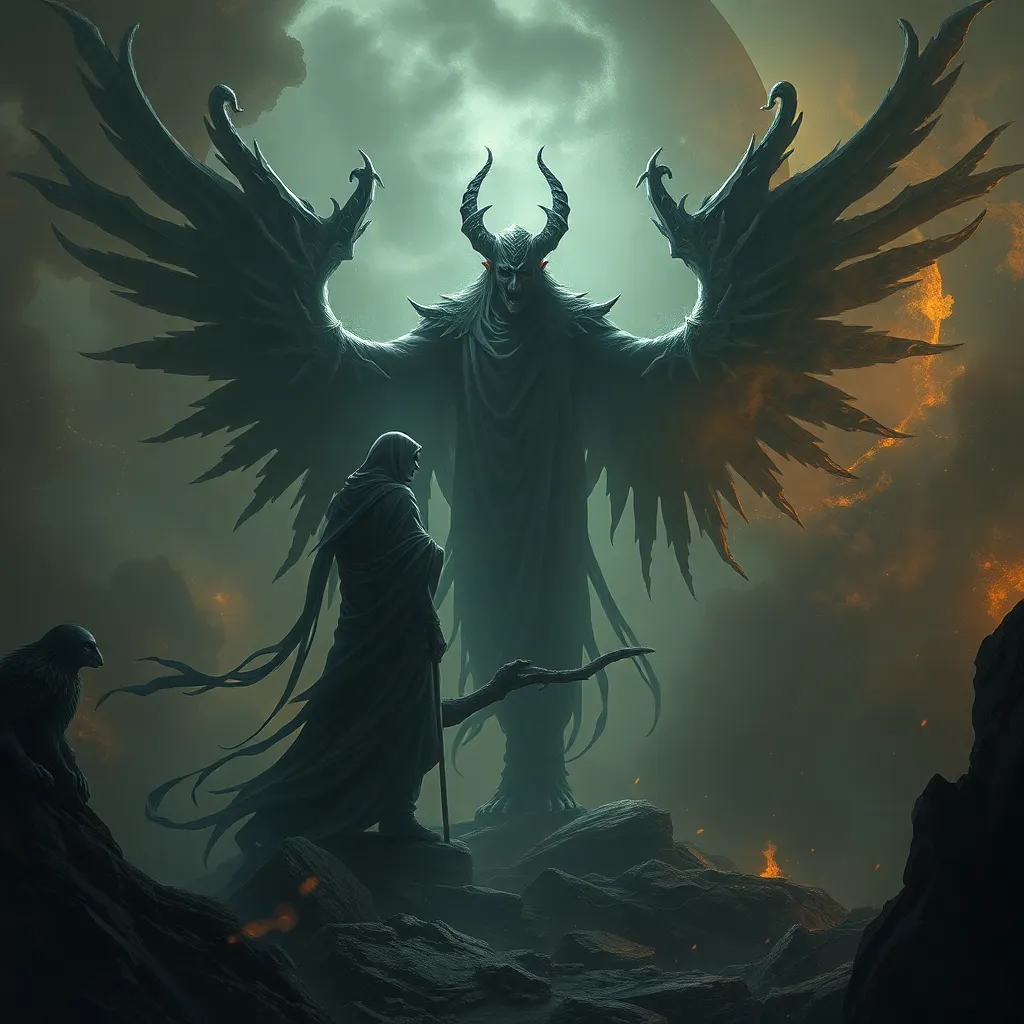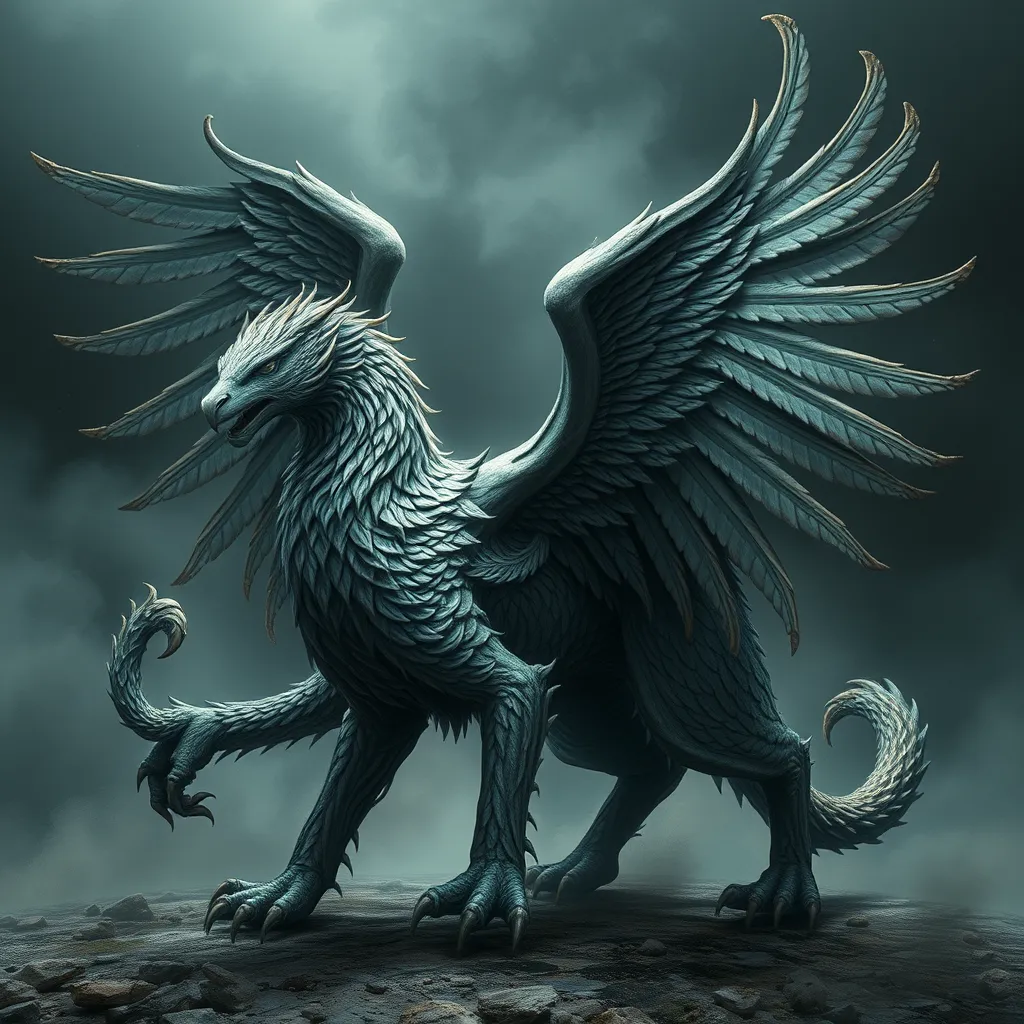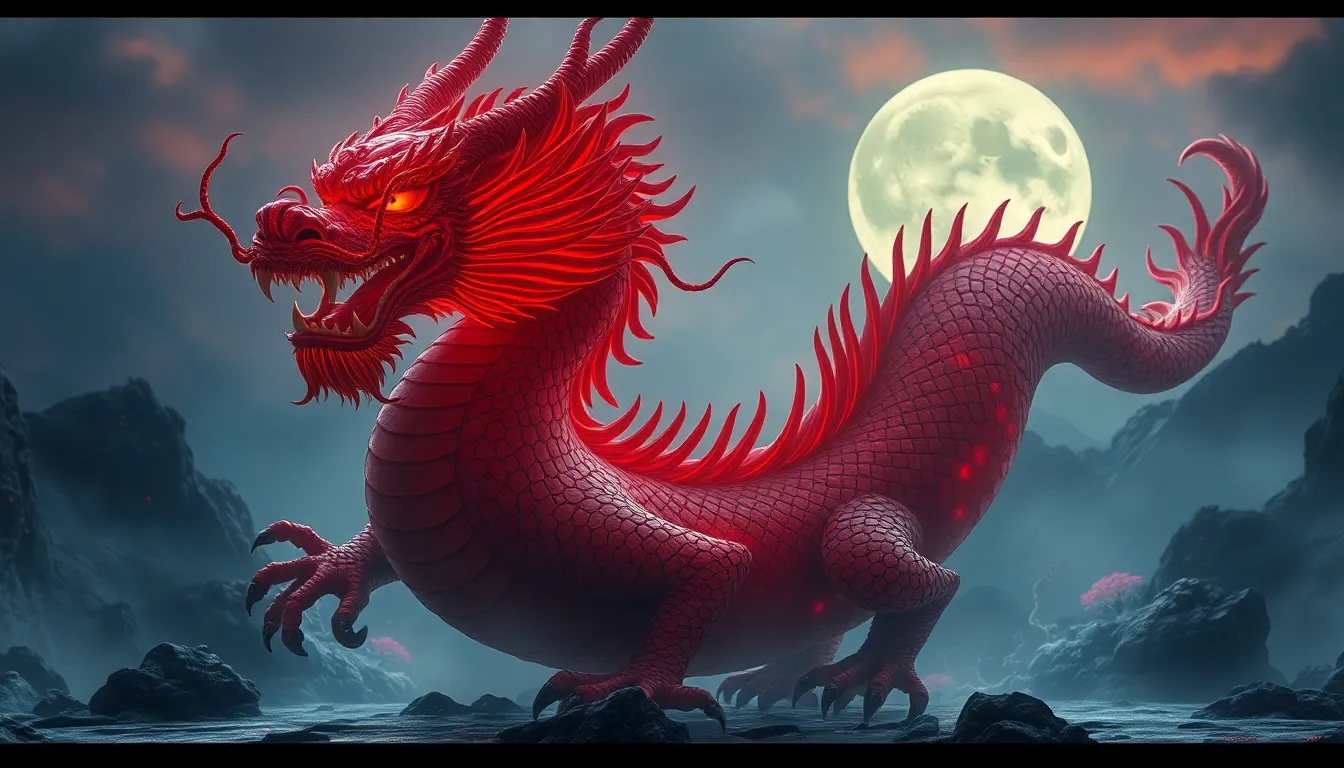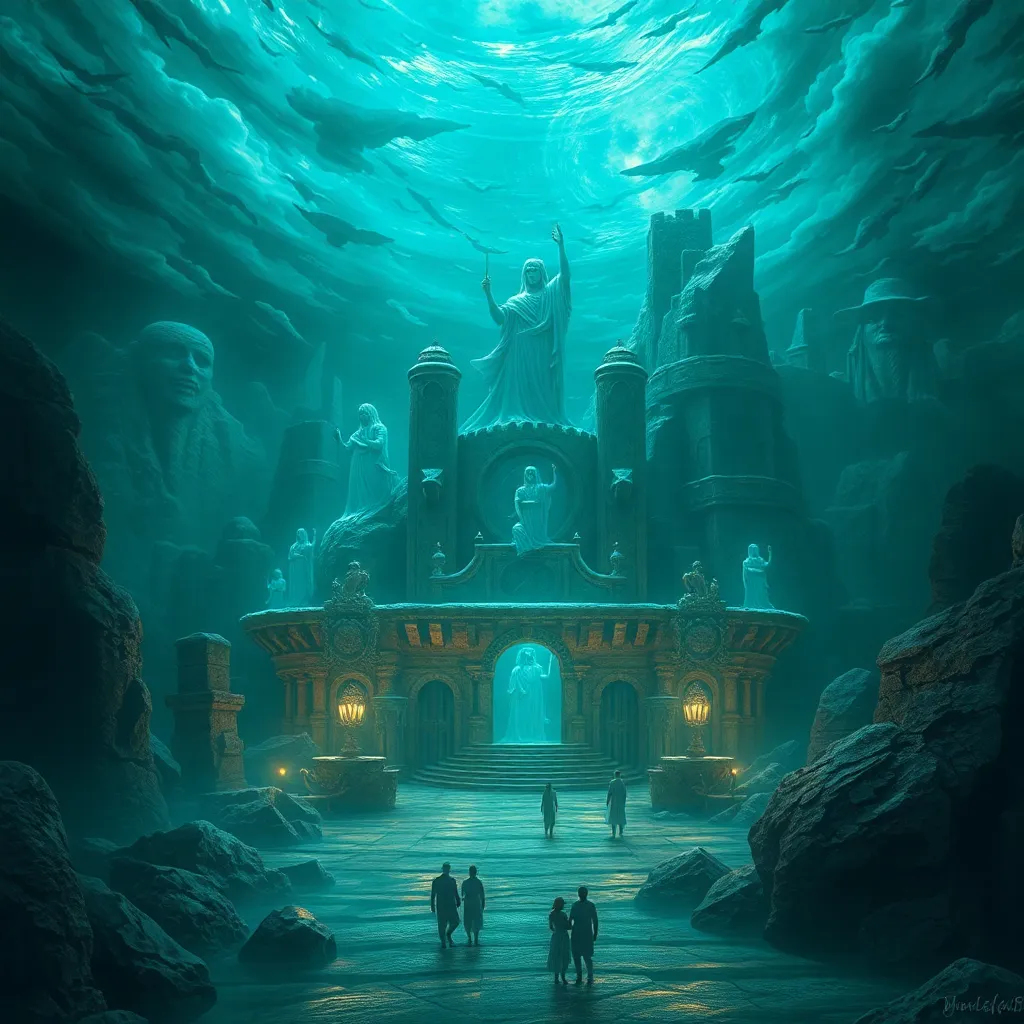The Shadow of Death: Exploring the Common Threads of Death Gods
Introduction: The Fascination with Death Gods
Throughout history, the figure of the death god has captivated human imagination, serving as a potent symbol of our relationship with mortality. Across various cultures and civilizations, death gods embody the complexities of death, offering insights into how societies interpret the end of life. Whether revered or feared, these deities reflect the psychological and cultural significance of death, prompting us to confront our mortality and the unknown that lies beyond.
Cultural Context: Death Gods in Different Mythologies
Death gods appear in numerous mythological traditions, each embodying distinct cultural perspectives on death and the afterlife. Some notable examples include:
- Hades – In Greek mythology, Hades is the god of the underworld, where souls reside after death. His realm reflects ancient Greek beliefs about the afterlife, emphasizing a more neutral view of death.
- Anubis – The Egyptian god of mummification and the afterlife, Anubis is often depicted as a jackal or a man with a jackal’s head. He symbolizes protection and guidance for the deceased on their journey to the afterlife.
- Yama – In Hinduism, Yama is the god of death and the ruler of the afterlife. He serves as a judge for souls, determining their fate based on their actions in life, reflecting the belief in karma.
These figures not only represent death but also encapsulate the attitudes of their respective cultures. For instance, Hades’ portrayal as a stern but just ruler contrasts sharply with the more nurturing aspect of Anubis, indicating varying beliefs about the afterlife and the treatment of the dead.
Symbolism and Representation: Common Attributes of Death Gods
Death gods are often associated with a variety of symbols and imagery that convey their connection to death and the afterlife. Common attributes include:
- Scythes – Often depicted with a scythe, death gods symbolize the act of harvesting souls.
- Skeletons – The skeletal representation emphasizes the physicality of death and the inevitability of mortality.
- Animal Forms – Many death gods take on animal forms, such as Anubis’ jackal, symbolizing their connection to the spiritual world and the unknown.
These symbols serve to demystify death, providing a tangible representation of what is often seen as an abstract concept. They help individuals navigate their fears and uncertainties surrounding death and the afterlife.
Mortality and the Human Condition: The Role of Death Gods in Society
Death gods play a crucial role in shaping societal views on mortality and the afterlife. They often influence:
- Rituals – Many cultures have rituals dedicated to honoring death gods, such as Day of the Dead in Mexico, which celebrates deceased loved ones and invites their spirits to return.
- Funerary Practices – Death deities often dictate how the dead are treated, influencing burial traditions and the significance of offerings.
- The Grieving Process – The presence of death gods provides a framework for understanding grief, helping individuals find solace in their beliefs about the afterlife.
By embodying the ultimate fate of all beings, death gods help societies grapple with the inevitability of death, offering comfort and guidance during life’s most challenging moments.
Personification of Death: Gender and Death Gods
The gender representations of death gods can vary significantly, with male and female deities embodying different aspects of death and dying. For instance:
- Male Death Gods – Figures like Hades and Yama often represent authority and judgment, reflecting a more fearsome aspect of death that emphasizes power and control.
- Female Death Gods – Deities like La Llorona or the Valkyries often embody nurturing or protective traits, guiding souls to the afterlife and representing the cyclical nature of life and death.
This duality in gender representation highlights the complexity of death itself, with different cultures attributing various characteristics to their death deities based on gendered perceptions of life and mortality.
The Dual Nature of Death: Benevolent vs. Malevolent Death Gods
Death gods are often perceived through a dual lens, as either benevolent guardians or malevolent harbingers of doom. Examples of each include:
- Benevolent Death Gods – Anubis is often seen as a protector of the dead, helping souls navigate the afterlife and ensuring their safe passage.
- Malevolent Death Gods – Figures like the Grim Reaper are perceived as ominous, representing the inevitability of death and the fear associated with it.
These contrasting perceptions shape how worshippers engage with these deities, influencing rituals and beliefs surrounding mortality.
Modern Interpretations: Death Gods in Popular Culture
In contemporary media, death gods continue to be significant figures, appearing in various forms of literature, film, and video games. Their portrayals often reflect and challenge societal perceptions of death, as seen in:
- Literature – Works like “The Book Thief” personify death as a character, exploring themes of mortality and humanity.
- Film – Movies like “Coco” delve into cultural depictions of death gods, celebrating the lives of the deceased and the importance of remembrance.
- Video Games – Games often feature death deities as integral characters, allowing players to confront their own views on mortality.
These modern interpretations challenge traditional views on death, inviting audiences to engage with the concepts of mortality and the afterlife in more nuanced ways.
Conclusion: The Enduring Legacy of Death Gods
The enduring legacy of death gods underscores their relevance in understanding human existence. As we navigate the complexities of life and death, these figures continue to shape our relationship with mortality, offering insights into our fears, beliefs, and cultural practices. The fascination with death gods persists, reflecting humanity’s ongoing quest to comprehend the unknown and find meaning in the inevitable end that awaits us all.



